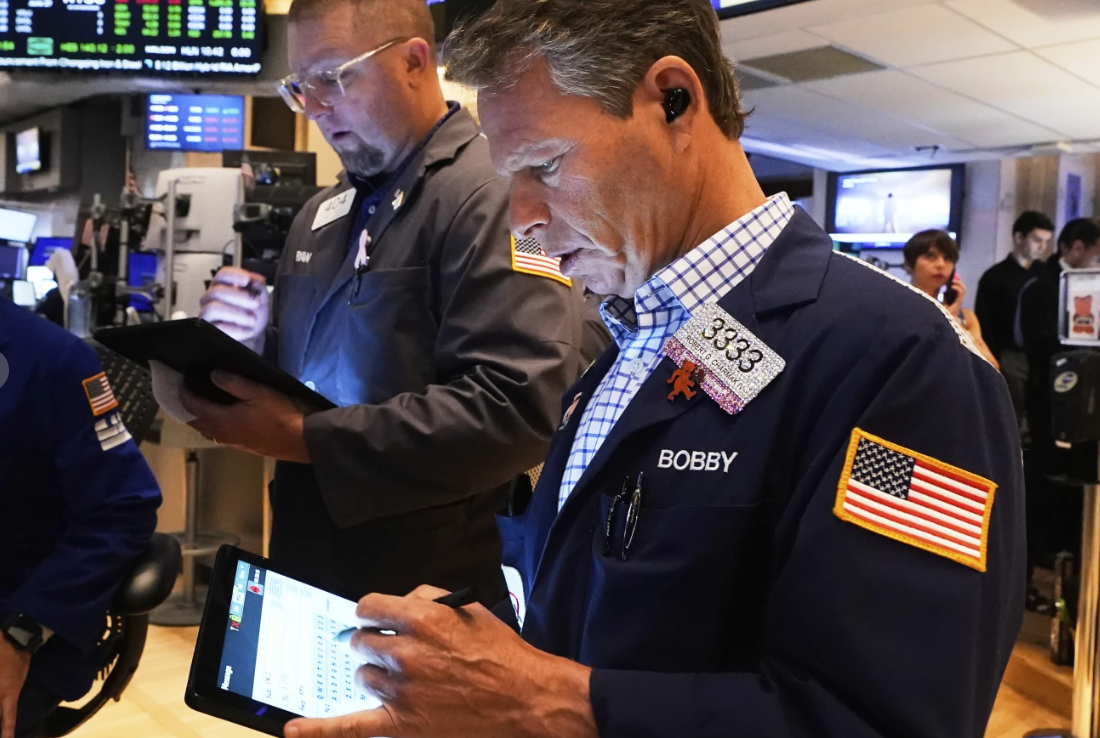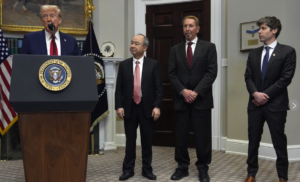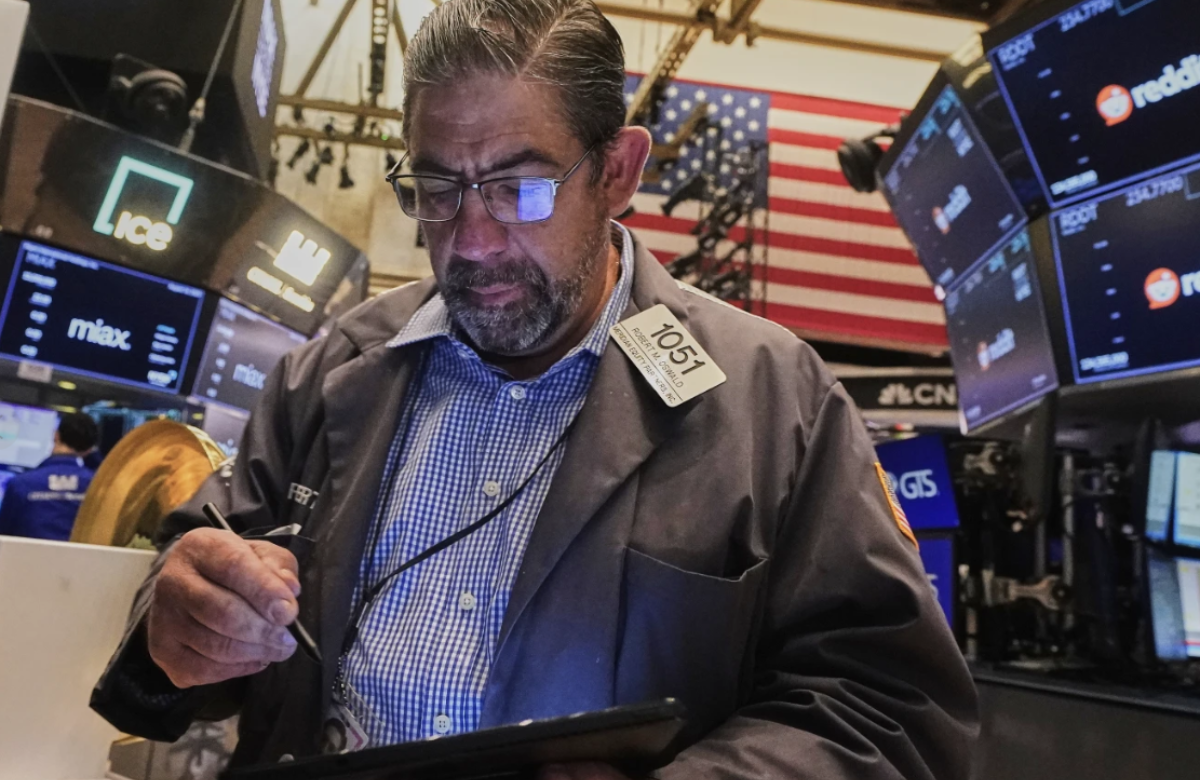On Friday afternoon, major U.S. stock indexes rose, putting Wall Street on course to end the week near record levels. The S&P 500 gained 0.6%, edging toward surpassing its February peak. The Nasdaq composite rose 0.5%, also approaching a new high. The Dow Jones Industrial Average jumped 1.1%, adding 479 points to reach 43,867 as of early afternoon trading.
This strong performance marks a notable rebound from several months ago, when the S&P 500 had dropped nearly 20% amid concerns that trade policies under President Donald Trump might hurt the economy.
Friday’s gains were broad-based, with nearly every sector within the S&P 500 posting increases. Nike led the market rally with a 15.2% jump, despite cautioning investors about the potential negative impact of tariffs.
Investors appear to be less worried about the recent tensions between Israel and Iran affecting global oil supplies, as a ceasefire remains in place. Crude oil prices in the U.S. were mostly steady on Friday, retreating to levels seen before the conflict.
Trade relations between the U.S. and other countries, especially China, continue to be closely watched. Treasury Secretary Scott Bessent announced that the U.S. and China have signed a trade agreement aimed at easing American companies’ access to magnets and rare earth minerals critical for manufacturing and semiconductor production.
China’s Commerce Ministry said the two sides had “further confirmed the details of the framework” for trade discussions, though it did not explicitly confirm an agreement guaranteeing U.S. access to rare earth exports. Instead, it stated that China will review and approve eligible export applications for controlled items.
In inflation news, prices rose slightly in May, largely in line with economists’ forecasts. Inflation remains a significant concern for both businesses and consumers. Trump’s fluctuating tariff policies have complicated company planning and increased pressure on consumers facing persistent price increases.
The U.S. currently enforces a baseline 10% tariff on all imports, with higher rates on goods from China and additional taxes on steel and automobiles. Despite these tariffs, the economy and consumers have shown resilience, but experts expect the full impact of import taxes to become more visible in the coming months.
Greg Wilensky, head of U.S. fixed income at Janus Henderson, noted, “While we expected to see more pass-through inflation by now, we anticipate these effects will become more apparent in the next few months.”
There is ongoing uncertainty about potential additional tariffs. A current pause on retaliatory tariffs set for July is a focal point. If trade negotiations fail or the pause is not extended, markets and consumers could face renewed disruption.
The Federal Reserve remains focused on the tariff situation amid inflation concerns. Its preferred inflation gauge, the personal consumption expenditures (PCE) index, rose to 2.3% in May from 2.1% in April, staying slightly above the Fed’s 2% target.
The Fed cut interest rates twice in late 2024 after a long series of increases designed to rein in inflation, which peaked at 7.2% in 2022 for the PCE and 9.1% for the more widely followed consumer price index.
So far in 2025, the Fed has held rates steady amid worries that tariffs might rekindle inflation and slow the economy. Economists predict at least two rate cuts by year-end.
Bond yields were mostly unchanged, with the 10-year Treasury yield edging up to 4.25% from 4.24%, and the two-year yield holding steady at 3.72%.
International markets saw mixed results, with European stocks mostly higher while Asian markets closed mixed.
Also Read:
“Wall Street Pauses Near Record Highs After Two Strong Sessions”














